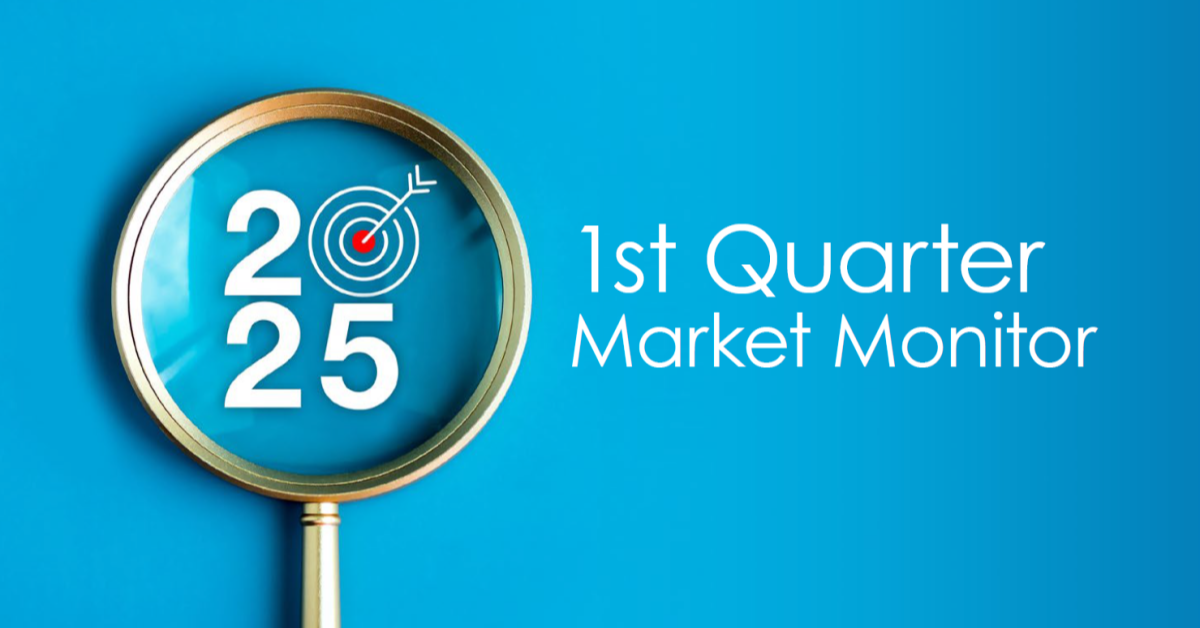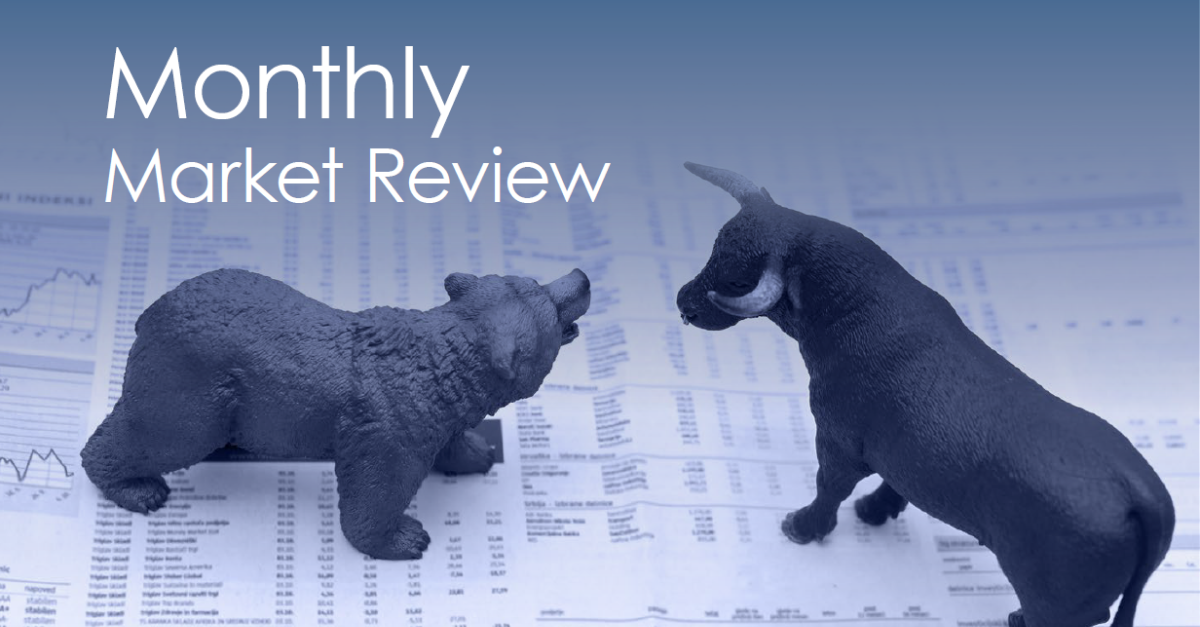
For the past 6+ years we have been hanging onto this bull and trying to ride it as long as possible. That strategy has served us in good stead as we helped investors’ not only recoup their losses from 2008 but continue to grow their assets. But now in its 7th year, the bull market is getting long in the tooth by historical standards. With signs of slowing global growth and increasing market volatility, we have to ask ourselves if now is the time to get more conservative and move to a defensive posture? Let’s take a look at the market backdrop and revisit that question later.
We have witnessed increasing signs of slowing economic growth globally for the last several months. Everyone from the Fed to Germany, China to the IMF has been revising their outlooks for growth downward. What makes the picture a little fuzzier this time is that while the Fed has finished its quantitative easing (QE) programs in the U.S., the PBOC (China), the BoJ (Japan) and the ECB (Europe) are still actively engaged in QE stimulus programs to bolster their markets and economies.

China is desperately trying to hang onto the 7% growth goal it stated as achievable at the beginning of the year. Some of their recent attempts to spur growth have included an interest rate cut, a cut in the reserve requirement ratio for banks, as well as devaluing their currency (the yuan) to bolster exports and make them more competitive vs. trading partners. In response to slowing in Europe, the ECB indicated that it could further expand its current QE stimulus program to support growth. Ditto Japan.
As the chart above shows, although the headline unemployment rate in the U.S. appears low (5.1%), the recent trend in monthly payrolls shows a distinct slowdown in the pace of jobs added over the last year or so. Add this to the list of concerns we have about the growing number of indicators supporting the global slowdown thesis and you can start to see why our longstanding bullishness has become tempered of late.
Last month the Fed decided once again to hold off on raising interest rates. Many had expected that September might be the long awaited liftoff for interest rates that have been held near zero for years now. Keep waiting. The minutes that were released from that meeting indicate that the Fed was concerned both about “developments abroad” as well as the persistent low level of inflation in the U.S., which continues to run below the Fed’s own 2% target.
If we are correct in our thesis that global growth continues to slow, it will likely keep inflation at bay and make in increasingly difficult for the Fed to justify a rate hike based on the parameters as they have laid them out. It seems that, at least here in the U.S., quantitative easing has done all the heavy lifting it can and now we await the next chapter in monetary policy (and hopefully fiscal to boot).

While in our last quarterly update we were writing about the surprise lack of volatility in the stock market to date, said volatility came back with a vengeance starting in last August. The long awaited “correction” in stocks that befuddled so many pundits came to fruition in short order, and still hasn’t fully healed itself. For the last 6 years, we viewed every pullback as a buying opportunity, assuming correctly that the market would regain its footing and go on to make new highs.
This time around we see diminished odds of that pattern repeating itself, with an increasing possibility that the stock market struggles to make new highs in the intermediate-term. We also continue to see downward earnings estimates revisions for S&P 500 companies, a change from previous years and a factor that could present a headwind for the market.
In the beginning of this letter we asked, is it time to get more conservative and adopt a defensive posture? For the first time in years we think the answer is yes. Now in its 7th year, we feel the bull market is tiring. While there are always bull and bear arguments to be made, we see an increasing amount of caution indicators surfacing and prefer to err on the side of conservativism at this juncture. There will certainly come a time when it makes sense to focus on growth again and become more aggressive, but for now preservation of capital seems the prudent strategy.
Sources: Stockcharts.com; BTIG research; Raymond James; Briefing.com; IBD; Barron’s
Jordan L. Kahn, CFA
Chief Investment Officer



